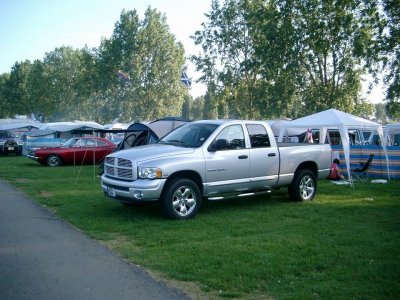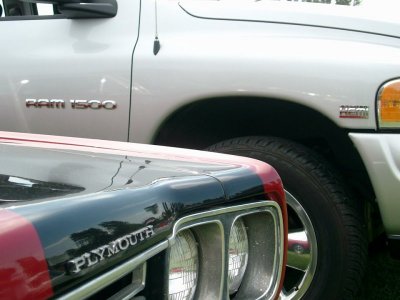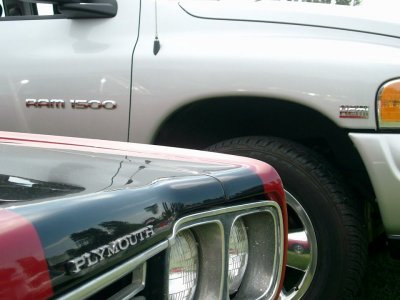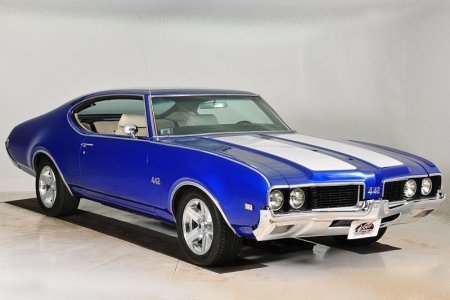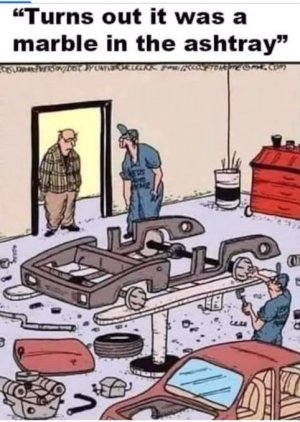I never used to be all that interested in 4WD or off-roading, or at least not until my employer sent me on a two day off-road training course a few weeks ago. That was a real eye opener. I came away thinking, “
What have I been missing all this time?!”
Below is a photo someone took of me climbing a sand and clay quarry in a Mitsubishi. It was surprisingly slippery, especially once the rain started coming down. Some parts of the course had such sudden crests and drops that we couldn’t actually see where we were going -- we had to put our trust in the vehicle’s ability and just commit. A bit unnerving in places!
The vehicles we drove all had manual transmissions, selectable 2WD/4WD, and various combinations of differentials, some with two, others with three diffs, and some equipped with diff locks. Each setup had its own feel and quirks.
Because they were manuals, there was always the risk of stalling the engine, especially on gradients where you needed momentum. If that happened, we had to hold it on the brakes, restart the engine, and either continue forward or, if that wasn’t viable due to it being so slippery, reverse out. In those situations where the engine had stalled, we were taught to hold the footbrake, select reverse in low range, clutch down, then start the engine and raise the clutch at exactly the same time. Then feet off all the pedals, letting the vehicle slowly make its own controlled descent in its own time.
Our instructor described it as: “
Failing to safety.” And honestly, that phrase stuck with me.
View attachment 418023
View attachment 418026


